This article was co-authored by Anthony Stark, EMR. Anthony Stark is a certified EMR (Emergency Medical Responder) in British Columbia, Canada. With over 11 years of experience, he has worked as an industrial medic and provided urban and rural paramedic services. He currently works for Mountain View Safety Services and previously worked for the British Columbia Ambulance Service. Anthony has a Bachelor of Engineering in Electrical, Electronics, and Communications Engineering from the Georgia Institute of Technology. He has completed the EMP Canada EMT Course and Swiftwater Awareness Training associated with the British Columbia Ambulance Service.
wikiHow marks an article as reader-approved once it receives enough positive feedback. In this case, 91% of readers who voted found the article helpful, earning it our reader-approved status.
This article has been viewed 172,376 times.
Blisters are small bubbles or pockets of fluid in the upper layers of skin. Blister burns generally are caused from a second degree burn to the skin. If you are suffering from blisters caused by a burn, you can learn how to treat them.
Steps
Using Home Remedies to Treat Blister Burns
-
1Run cool water over the blister. The first thing you can do to treat a blister burn is to run cool or lukewarm water over the affected area. You can also use a cool bath or press a towel soaked in cool water on the burn. Keep the affected area in the cool water for 10 to 15 minutes.[1]
- Make sure you are using cool water and not cold or ice water.
-
2Apply honey to the blister. You can cover the blister burn with a thin layer of honey. Honey has antibiotic and antiseptic properties and has been shown to improve the healing of burns. Gently apply a thin layer over the affected area.[2]
- Local wild honey is good choice. Another good choice are the medicinal honeys, such as Manuka honey.
Advertisement -
3Cover the blister with a bandage. If you have a blister from a burn, it is recommended that you cover the affected area with a sterile bandage if possible. Leave enough room for blister formation. Make a tent in the bandage or cloth over the burn. This helps prevent the blister from breaking or becoming irritated or infected.
- If it isn't possible to use a bandage or gauze, use a clean towel or cloth instead.
-
4Refrain from using common at-home burn remedies. Many people believe that you should use all sorts of household items as burn remedies. People think you should put butter, egg whites, oil sprays, or ice on burns. Don't put these substances on a blister burn. They can lead to infection or tissue damage.[3]
- Instead, either use a burn cream or ointment, honey, or skip any type of ointment completely.
-
5Avoid popping the blister. You should not break open the blister that forms from a burn, at least for the first three to four days. To aid in keeping the blister in tact, keep it covered. To remove the bandage without breaking the blister, you may have to soak the bandage in warm water.
- Change the bandage daily, applying either the antibiotic ointment or the honey every time.
- If the burn blister becomes too painful or has become infected, you can take steps to carefully break the blister. Always wash your hands first, and then clean the area around the blister with alcohol or an iodine solution to kill off any bacteria on the skin. Pierce the skin of the blister at its base, near the bottom of the blister, with a needle that has been sterilized by swabbing it with alcohol. Let the fluid drain out. Use a cotton ball to soak up the fluid or pus. Leave the overlying skin as intact as possible.
Treating the Blister Burn Medically
-
1Take over-the-counter medication. Pain relievers can be helpful for blister burn pain. Even if you have run cool water over the burn and covered it, you may still feel pain or throbbing in the blister. Taking OTC pain meds can help reduce the pain. You may want to start taking them as soon as you get the blister burn instead of waiting for the blister to start hurting.[4]
- Try ibuprofen (Advil or Motrin), naproxen sodium (Aleve), or acetaminophen (Tylenol). Make sure to follow the suggested manufacturer's dosage guidelines.[5]
-
2Apply burn cream. If you have a blister burn, you can use an antibiotic cream or moisturizing lotion on the burn to help prevent infection. Gently apply a thin layer of cream or lotion. If you are planning on covering the blister burn with gauze or a bandage, do not use a water-based cream.
- Common burn creams include Bacitracin or Neosporin. You can also use an ointment like petroleum jelly. You may also try aloe vera lotion or gel.[6]
-
3Go to the doctor. If the burn blister has become infected, it is strongly recommended that you see a physician. Infections of the skin can be deep and serious conditions. If the blister burn is filled with anything other than a clear fluid, there is a chance it is infected.
- If you have a fever, have any streaks on the skin around the blister, or the blister is very reddened and swollen, see a physician immediately. These may be signs of an infection.
- Any young child or elderly person should always be seen for any blister burns to minimize the risk of infections and scarring.
Understanding Burns
-
1Identify the causes of blister burns. Blister burns can occur anywhere on the body. The most common causes of blister burns, also known as second degree burns, are:
- Touching a hot object
- Fires
- Scalding from steam or hot liquids such as cooking oils
- Electrical burns
- Chemical burns
-
2Determine if you have a first degree burn. Blisters occur whenever you burn your skin. The type of burn you have will depend on the severity of the burn. First degree burns affect the topmost layer of skin and appear reddish and swollen.[7]
- First degree burns are painful but are considered minor. They do not usually produce blisters, but they may peel.
- First degree burns are dry, and usually take three to five days to heal.[8]
-
3Decide if you have a second degree burn. Second degree burns are the next level of severity. They are considered minor as long as they are less than three inches wide in diameter. Second degree burns affect surface layer and the next few under layers of the skin. Blisters are often common with second degree burns.[9]
- Second degree burns are painful and often form blisters and are red or pink. They may look swollen or have a pocket of clear, wet liquid.
- If more severe, a second degree burn can be dry with a reduced level of feeling in the area. If you apply pressure, the skin will not turn white or turn white very slowly.[10]
- Second degree burns usually heal within two to three weeks.
- Blistering burns larger than three inches should be seen at an ER or by your physician as soon as possible. If a second degree burn is on the hands, feet, face, groin, a major joint, or the buttocks, see your physician or go to the ER right away. Older individuals and children should be seen at the ER for any second degree burn because complications are more common in these groups.
-
4Seek medical attention for any third degree burns. The most severe burns are third degree burns. Third degree burns are considered a major burn because the skin layers are destroyed and should be seen immediately at an ER. These burns affect the deepest part of the skin and cause whitened or blackened skin.[11]
- The burnt areas may be black or white. They also will be dry and leathery.[12]
- These burns are often painless at first because the nerves in the skin have been damaged.
-
5Count the number of blisters. A single or a few blisters are generally not a serious problem. Unless a singular blister is a severe second degree burn or third degree burn, you can treat it at home. However, if you are getting large numbers of blisters and they appear all over your body, see your physician right away.
- Many blisters on your body can be a symptom of a serious health concern, such as pemphigus, bullous pemphigoid, and dermatitis herpetiformis.
References
- ↑ http://www.mayoclinic.org/first-aid/first-aid-burns/basics/art-20056649
- ↑ http://www.ncbi.nlm.nih.gov/pmc/articles/PMC3263128/
- ↑ https://www.nlm.nih.gov/medlineplus/ency/article/000030.htm
- ↑ http://www.nhs.uk/Conditions/Burns-and-scalds/Pages/Treatment.aspx
- ↑ http://www.mayoclinic.org/first-aid/first-aid-burns/basics/art-20056649
- ↑ http://www.mayoclinic.org/first-aid/first-aid-burns/basics/art-20056649
- ↑ https://www.nlm.nih.gov/medlineplus/ency/article/000030.htm
- ↑ http://hospitals.unm.edu/burn/classification.shtml
- ↑ https://www.nlm.nih.gov/medlineplus/ency/article/000030.htm
About This Article
To treat a blister burn, start by running it under cool water for 10 minutes to soothe the burned skin. Next, apply a thin layer of honey, which has antibiotic and antiseptic properties, to help the burn heal. Then, cover the area with a sterile bandage or some gauze, leaving the covering loose so a blister can form. Finally, change the honey and bandage daily until the burn has healed. For tips from our Medical reviewer on how to manage the pain of a blister burn, read on!
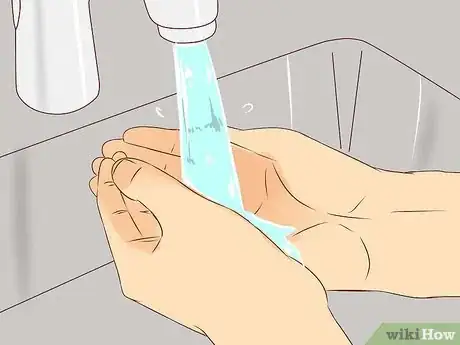
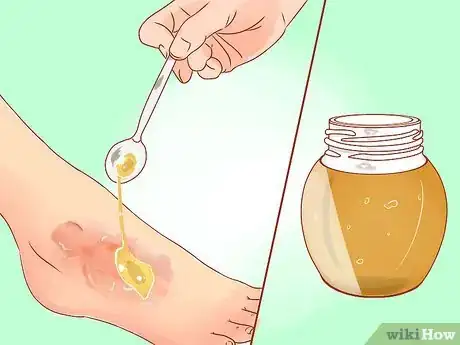
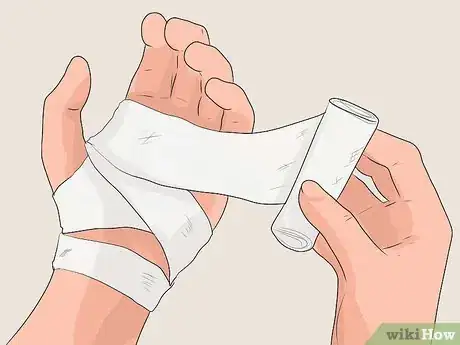
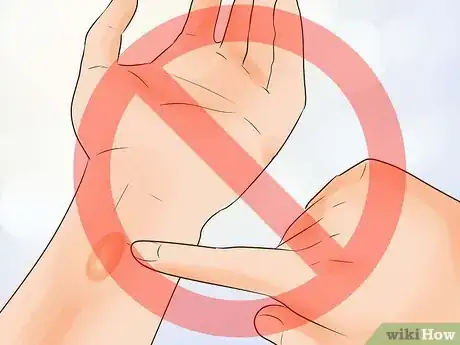
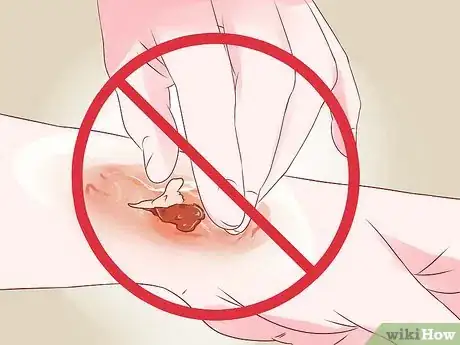
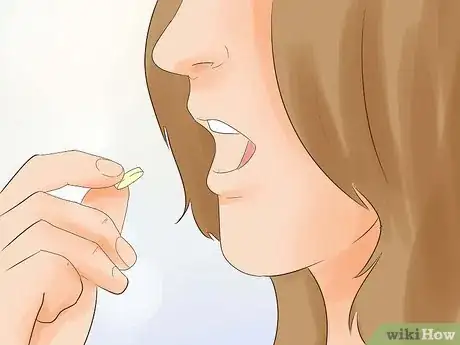
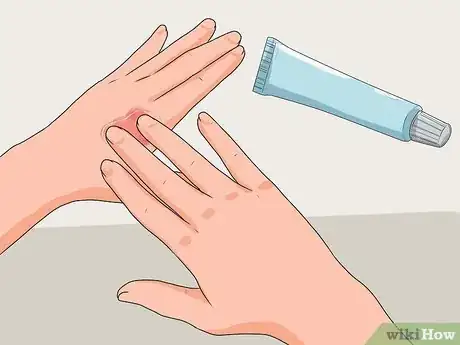
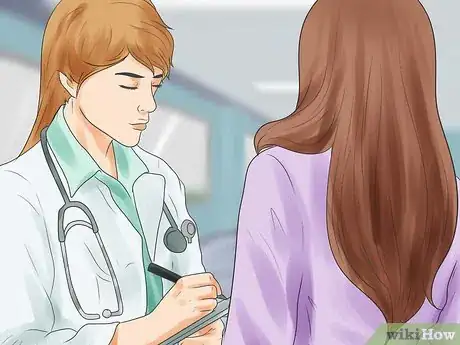
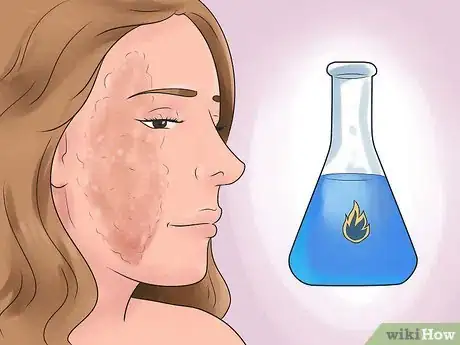
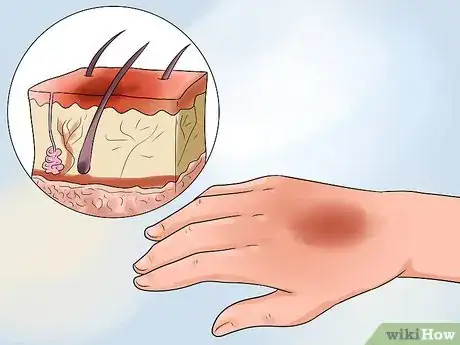
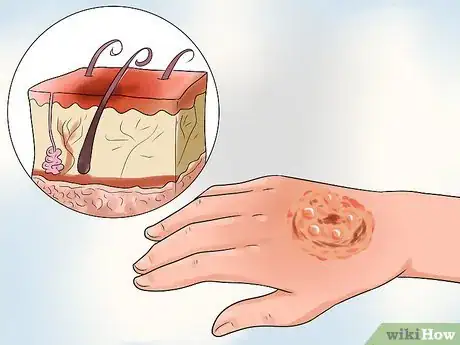
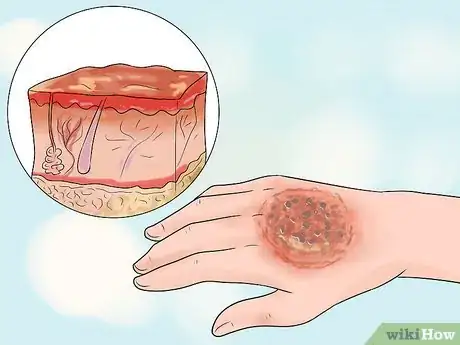
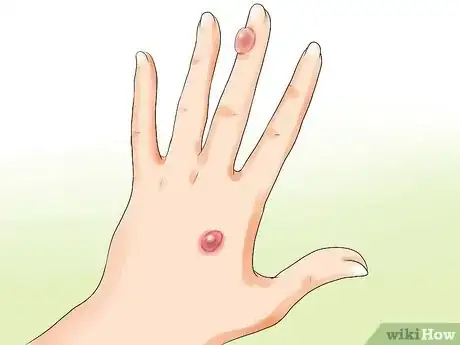
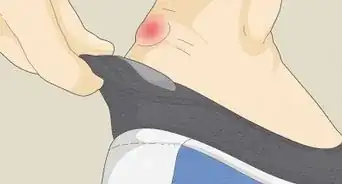
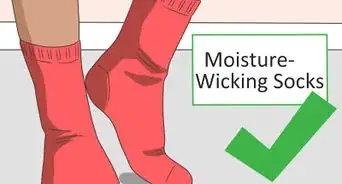
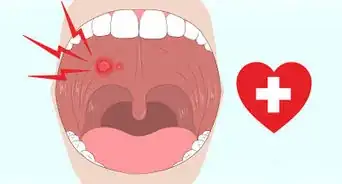
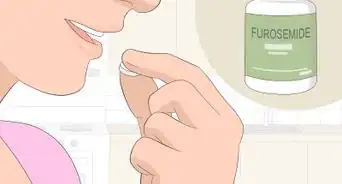
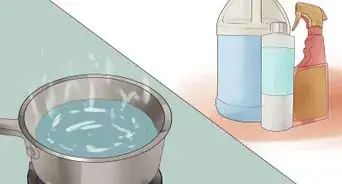

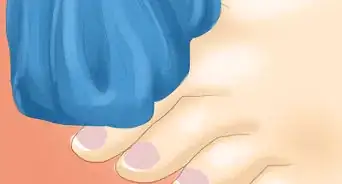
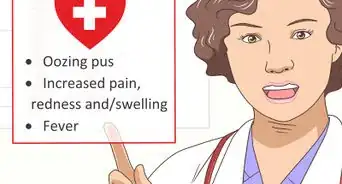

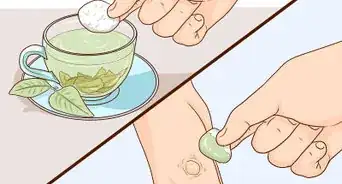
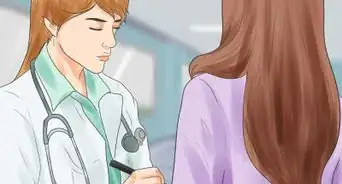
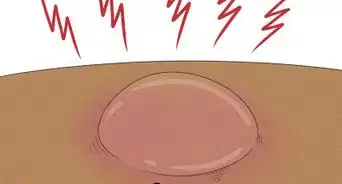
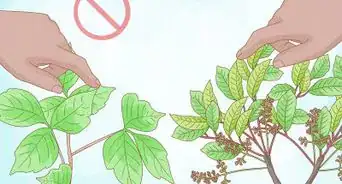
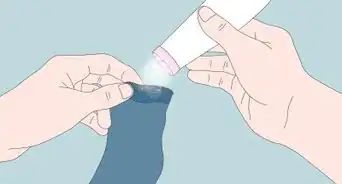










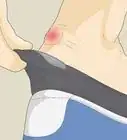
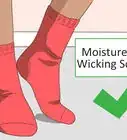
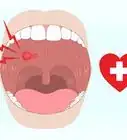
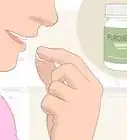



































Medical Disclaimer
The content of this article is not intended to be a substitute for professional medical advice, examination, diagnosis, or treatment. You should always contact your doctor or other qualified healthcare professional before starting, changing, or stopping any kind of health treatment.
Read More...